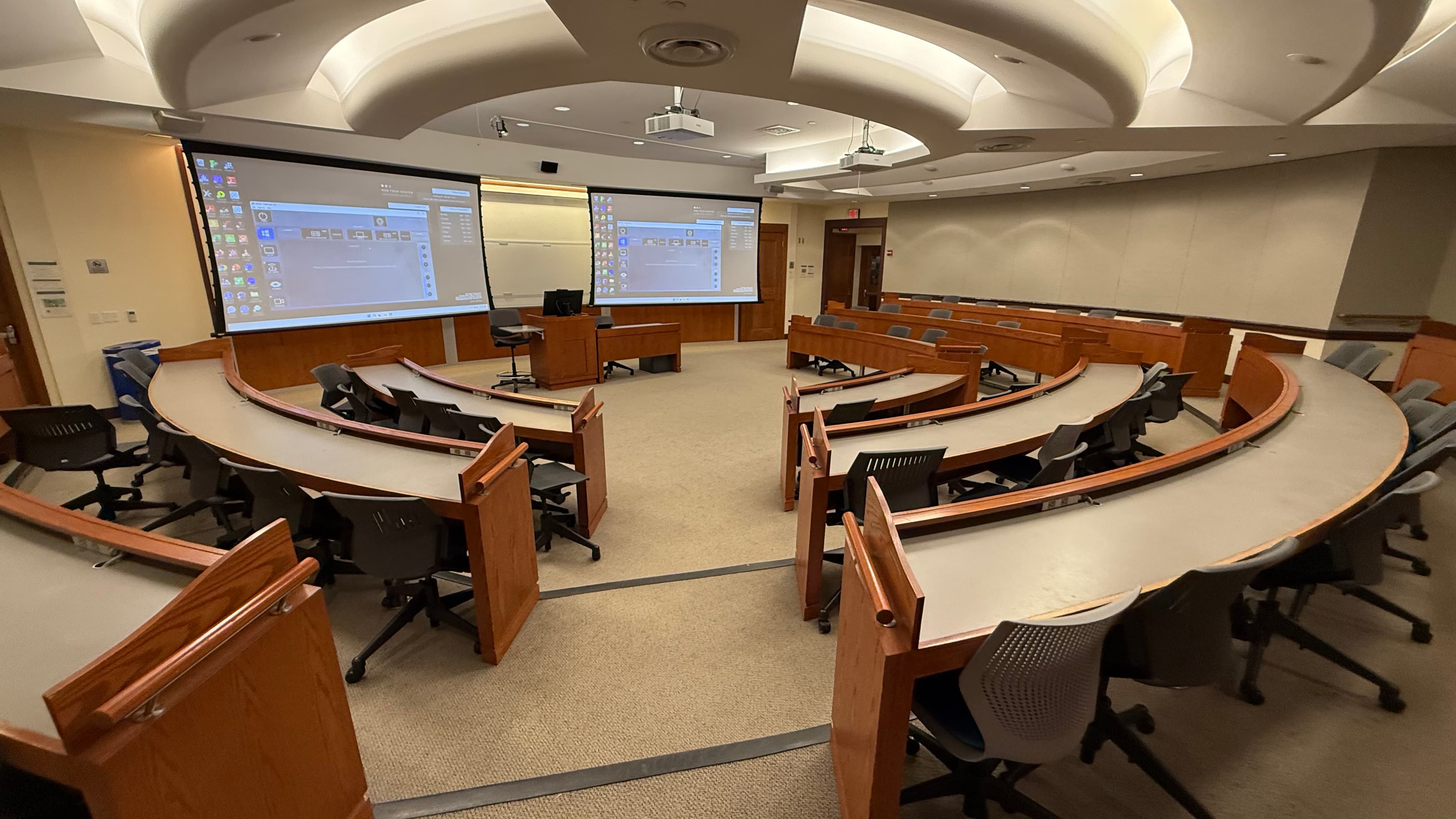
← Back to Block 13 Program
Establishing Technical Metrics to Evaluate the 'Decentralization' of Blockchain Networks
October 17, 2025
9:00 - 10:30
Hariri Building - Room 240
FASESession Overview
A critical discussion addressing the gap between regulatory concepts of 'maturity' and 'decentralization' and the technically verifiable metrics needed to evaluate them. This session explores how major jurisdictions (US, Japan, UK, EU) are developing frameworks that use blockchain decentralization as a basis for legal classification, while establishing common vocabulary, standardized evaluation methodologies, and dynamic assessment models for measuring network control, token distribution, and genuine utility.
Agenda
1. Introduction
• Goal: Build shared vocabulary and frame key questions for productive dialogue on decentralization—critical for regulators and project developers.
• Context: Major jurisdictions (US, Japan, UK, EU/MiCA) are establishing regulatory frameworks where decentralization is a crucial factor in legal classification. A significant gap persists between legal concepts ('maturity,' 'decentralization,' 'control') and technical means to evaluate them objectively.
2. Discussion Point 1: Why Decentralization Matters for Regulation
A) The Asset Classification Perspective: Reliance on a Central Party
- As a network decentralizes, its success becomes less dependent on managerial or entrepreneurial efforts of any single entity. This can weaken the case for classifying the asset as a regulated financial instrument or alter disclosure requirements.
B) The Enforcement Perspective: Identifying an Accountable Party
- Market integrity rules (fraud prevention, AML/CFT, consumer protection) rely on an accountable party who can be held responsible for compliance. In sufficiently decentralized systems, no such central body exists, making traditional enforcement difficult.
• Note: Point A concerns the asset's nature; Point B addresses the existence of a responsible operator—distinct but related.
• Key Question: Does this capture the regulatory significance of decentralization? Is it appropriate to incentivize decentralization if it makes traditional investor protection mechanisms more difficult to apply?
3. Discussion Point 2: The Many Facets of Decentralization
• Vitalik Buterin's three dimensions of decentralization:
- Political (Governance) Decentralization: How many individuals or organizations control the system?
- Architectural Decentralization: How many physical computers make up the system?
- Logical Decentralization: Single unified entity or many distinct, interacting parts?
• Key Question: Should we focus on 'governance decentralization' as it has the most direct bearing on regulatory questions?
4. Discussion Point 3: A Practical Framework for Gauging Governance Decentralization
• Two overarching questions:
- What technical indicators demonstrate a network's viability is driven by a diverse community, not a core team?
- What characteristics enable reliable function without a central administrator?
A) The Walk-Away Test
- If the core development team disappeared tomorrow, could the network continue to function and could users access their assets?
- Key Question: Is this test a valid starting point for evaluation?
B) Identifying Potential Points of Centralization
- Protocol Upgrade Authority: Who decides and implements code changes? (admin key, multi-sig, on-chain governance)
- Emergency Powers: Can any party unilaterally halt the network or freeze user assets?
- Treasury Management: Who controls the treasury and how are funds spent?
- Infrastructure Diversity: Dependency on single software client or provider for critical infrastructure?
- Consensus Influence: Power concentration among validators, miners, or token holders? (Nakamoto Coefficient, token distribution)
- External Dependencies: Reliance on centralized services (oracles, bridges) creating single points of failure?
- Key Question: What other centralization points should be considered? Which are most critical? How to synthesize into holistic assessment?
C) Accounting for Dynamic Events
- Hard forks can create networks with different governance structures. Many projects pursue 'progressive decentralization,' gradually ceding control over time.
- Key Question: How should evaluation frameworks account for dynamic changes? What events should trigger reassessment?
5. Goals for This Session
• Build a Common Understanding: Why decentralization has become a key issue for regulators
• Identify Key Evaluation Criteria: Core elements requiring assessment (authority, infrastructure, influence, dynamic changes)
• Define Next Steps: Path forward for developing concrete evaluation methodology or framework
Session Chair & Main Contributor
Session Chair
Amanda Wick
Main Contributor
Takuya Kobori
Venue Details
Location: Hariri Building - Room 240
Working Group
FASE
Financial Applications & Social Economics
Examines financial applications, stablecoins, and socio-economic impacts of blockchain technology
Chairs:
- Chloe White
- Joseph Beverley
Contact Info
bgin_admin@bg2x.org
© Copyright 2023 by BGIN